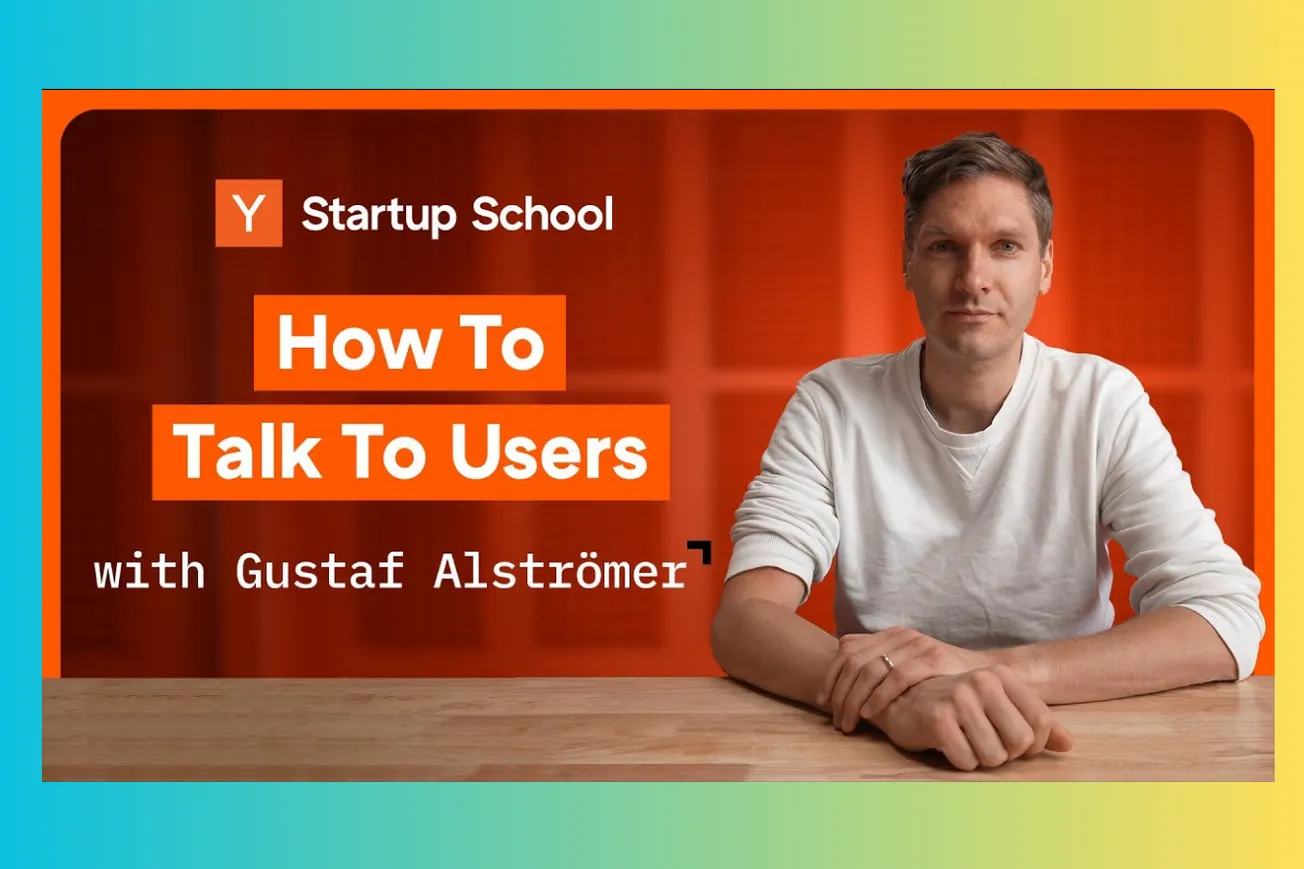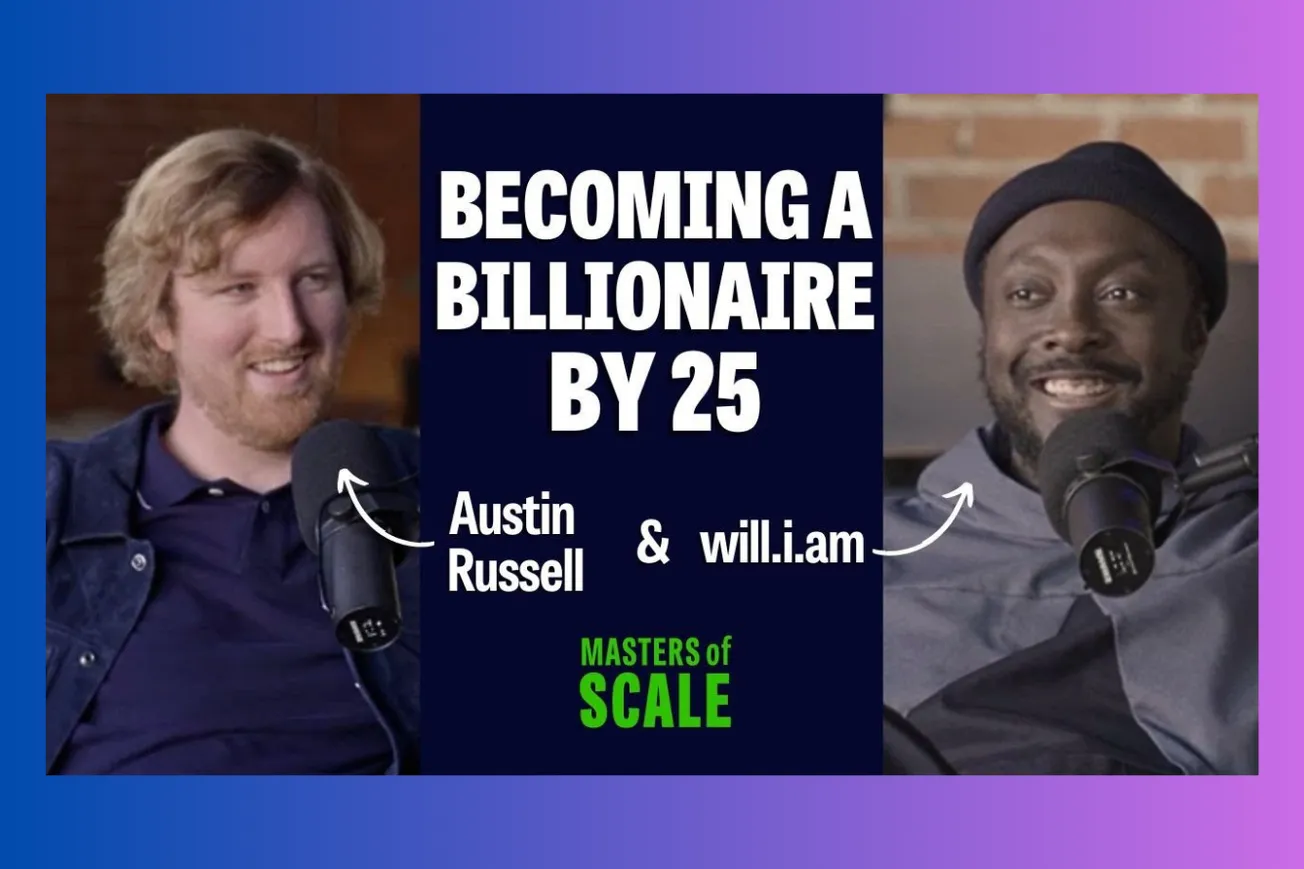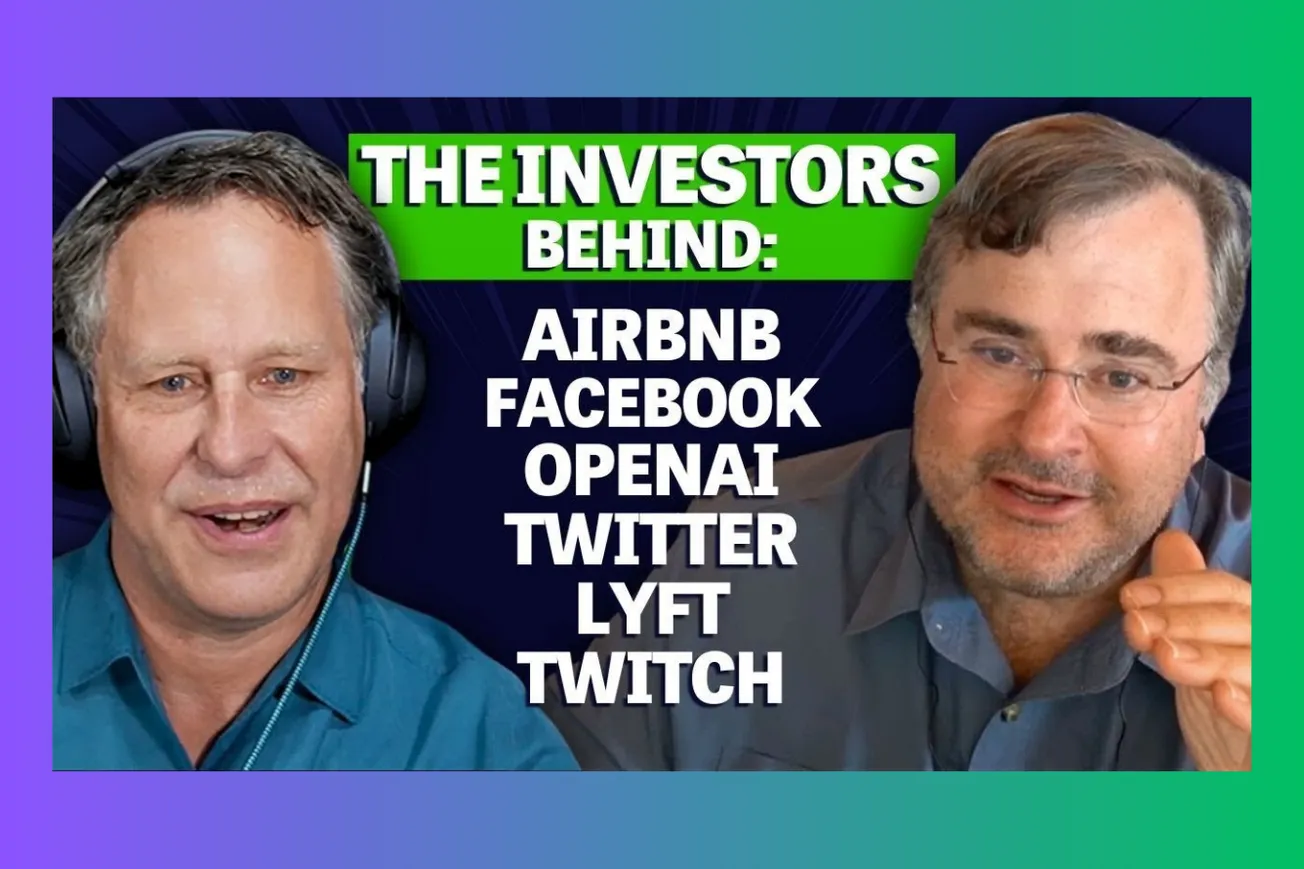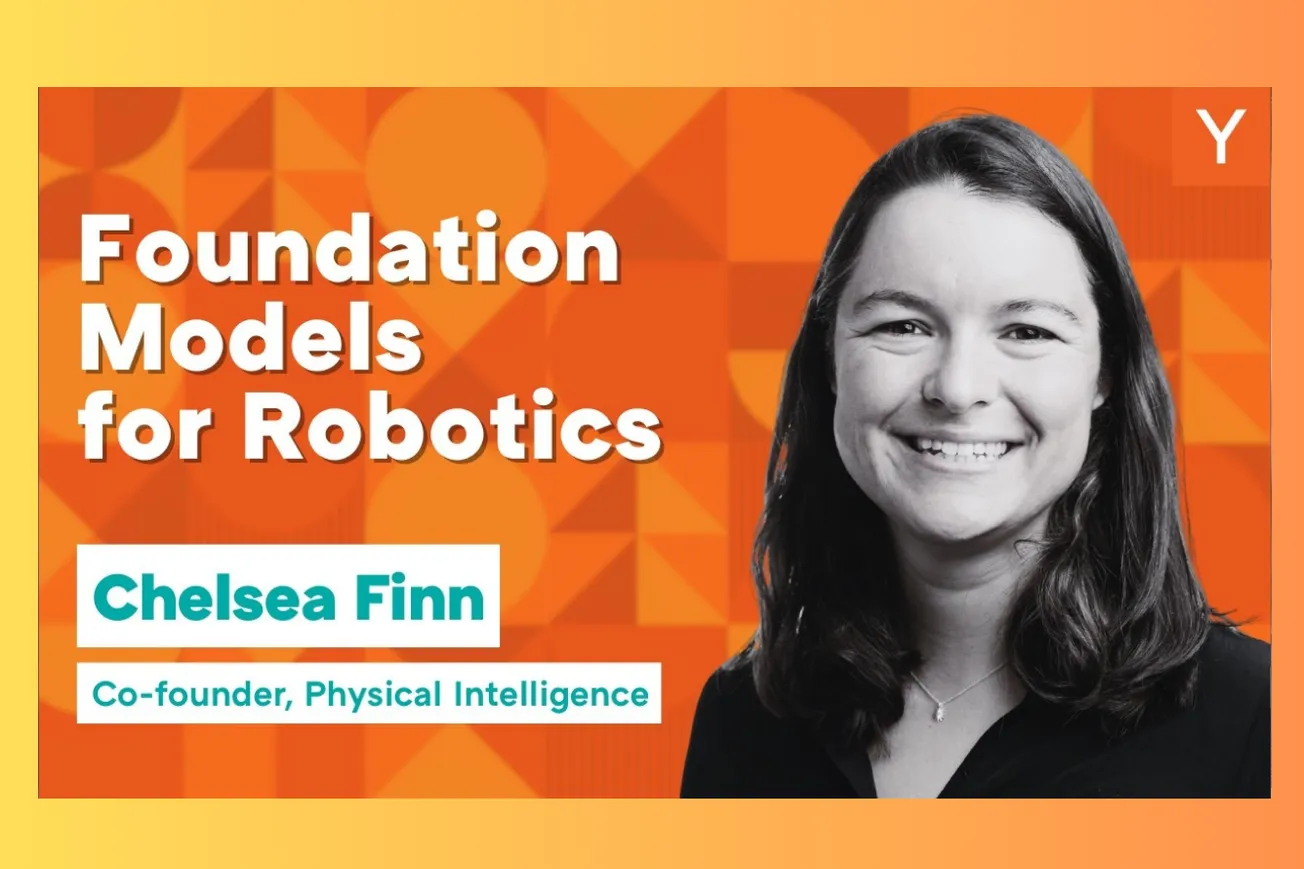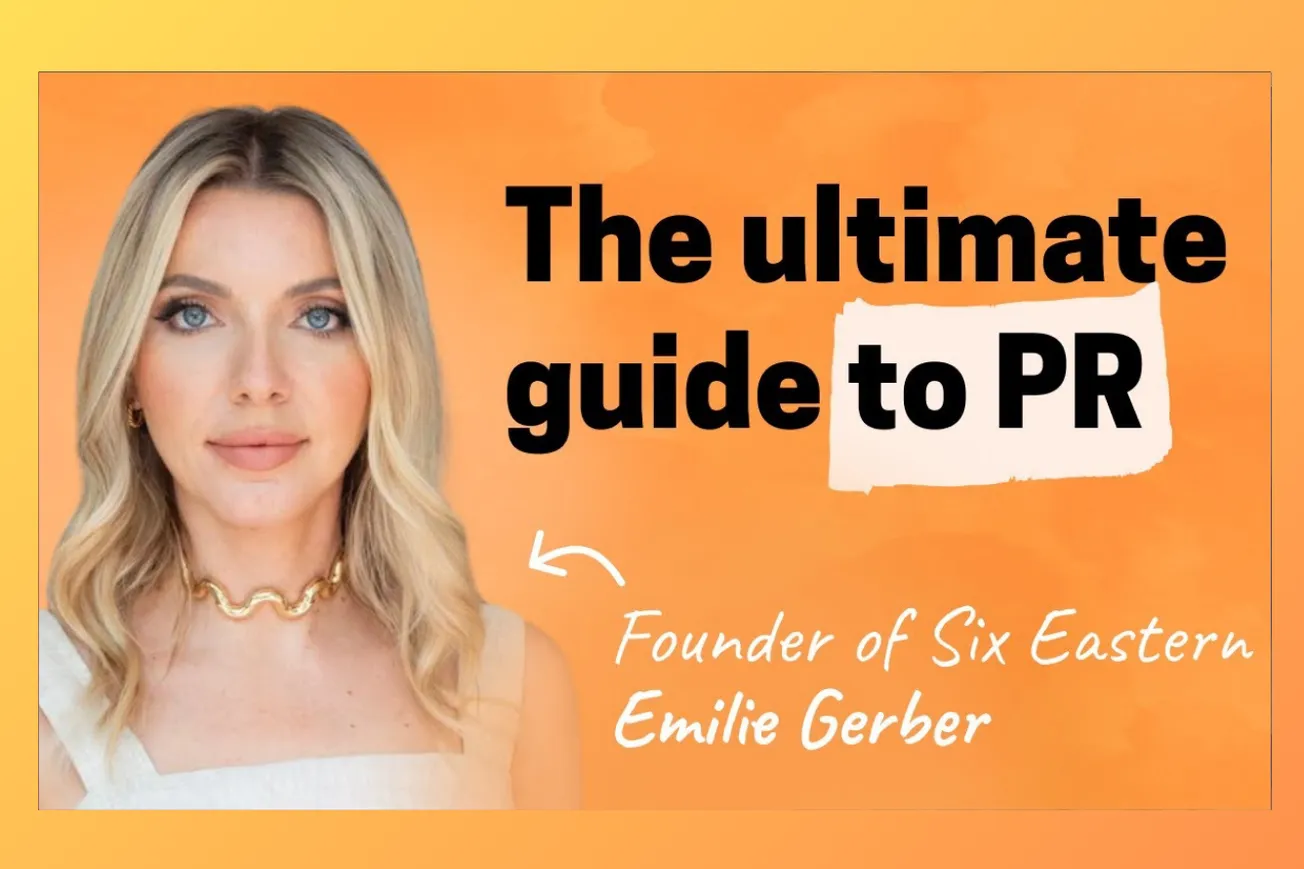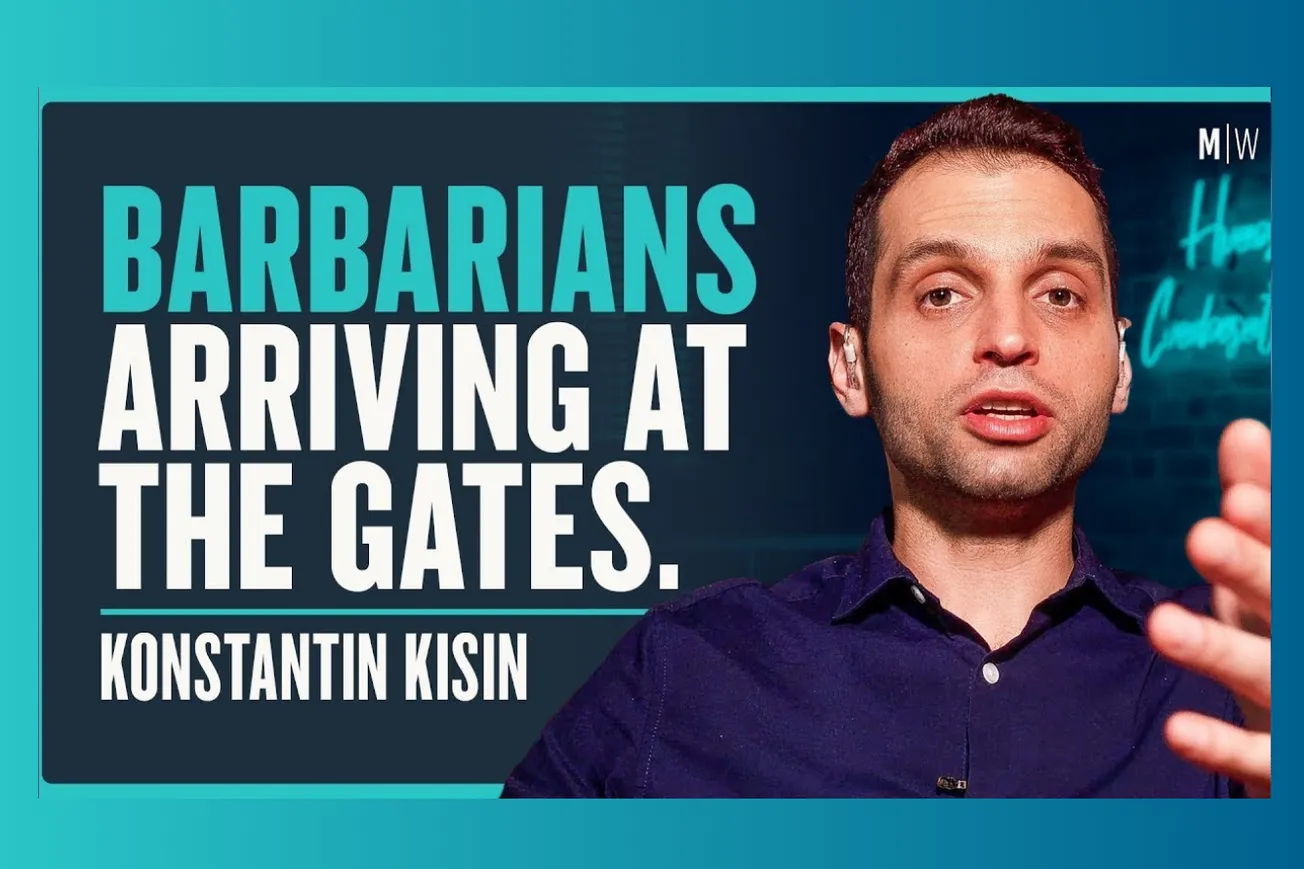Table of Contents
Key Takeaways
- Users are the ultimate source of truth: They keep founders honest and provide invaluable, direct feedback crucial for building a successful product.
- Direct communication is key: Avoid hiding behind anonymous emails; build personal connections like the Airbnb founders did by sharing personal contact information initially.
- Focus on problems, not features: User interviews should aim to deeply understand user problems, pain points, and motivations, not solicit feature ideas.
- Ask open-ended questions: Encourage detailed responses by asking "how," "why," and "tell me more" instead of yes/no or leading questions.
- Listen more than you talk: The founder's primary role during interviews is to listen and understand the user's perspective and workflow.
- Synthesize learnings for MVP: Use interview notes to identify patterns, define the core problem, and inform the design of a Minimum Viable Product (MVP).
- Test and iterate with users: Show prototypes (even simple designs) to users early and often, observing their natural interaction without guidance.
- Keep users engaged: Maintain relationships with early interviewees through dedicated channels (like Slack or WhatsApp) to foster ongoing feedback and build trust.
Why Talking to Users is Non-Negotiable for Startup Founders
The common perception of startup ideas originating from isolated genius moments, often depicted in movies like "The Social Network," is largely inaccurate. The reality, exemplified by companies like Airbnb, is built on continuous, direct interaction with users from the very beginning. Gustav, a Y Combinator Group Partner and former Airbnb Product Lead, emphasizes that the best founders engage with their users throughout the entire lifecycle of their company.
Why is this constant dialogue so critical? Users and customers are the ultimate arbiters of value; they are the ones who eventually pay for the product. Their feedback is the most honest assessment a startup can receive. Unlike other stakeholders, users have less incentive to sugarcoat their opinions. They will tell you directly what works, what doesn't, and what problems desperately need solving. Engaging with them prevents founders from building products based on incorrect assumptions or operating in an echo chamber.
The early days of Airbnb showcase this principle powerfully. Co-founder Brian Chesky didn't just theorize about his users; he immersed himself in their experience. In 2010, he undertook an experiment to live exclusively in Airbnbs for months, allowing him daily, in-depth conversations with hosts. This wasn't just a publicity stunt; it was a profound user research exercise, providing unfiltered feedback directly from the people essential to Airbnb's existence. The founders' commitment went further; they initially shared their personal phone numbers on the website, ensuring hosts could reach them directly. This radical transparency contrasts sharply with the common practice of hiding behind "info@" or "do-not-reply" email addresses, demonstrating a genuine desire to understand and serve their user base.
Finding and Approaching Your Potential Customers
Identifying the right people to talk to is the first step in effective user research. While it might seem easiest to start with your existing network (friends, family), be aware that their feedback might be less candid to avoid offending you. Don't shy away from these connections, but also broaden your reach.
- Leverage Your Network:
- Personal Contacts: Friends and family can be a starting point, but seek honesty.
- Former Colleagues: These individuals often have relevant domain knowledge and can provide insightful feedback, especially if you're building B2B tools or software for specific industries.
- Expand Beyond Your Circle: Often, your ideal early users lie outside your immediate connections. YC Founders frequently find early users through:
- LinkedIn: Search for specific job titles or keywords related to your problem space (e.g., searching for "CFO," "carbon," "sustainability" for a carbon tracking startup). Craft personalized outreach messages introducing yourself, briefly mentioning your project (without pitching the solution), and asking for a short (e.g., 20-minute) video or phone call. Tailor the message depending on whether you know the person or not.
- Online Communities: Platforms like Reddit forums, Slack groups, or Discord communities centered around specific interests or industries can be goldmines for potential users.
- In-Person Events: Conferences and meetups relevant to your target audience offer opportunities for direct interaction.
Using the example of a mock startup focused on helping companies reduce carbon emissions, the strategy involves reaching out to Founders, CEOs, CFOs, and individuals with titles related to climate or sustainability on LinkedIn. The initial goal isn't to sell but to understand if companies care about emissions, why (or why not), and who within the organization is most concerned.
Mastering the Art of the User Interview
Once you've secured a meeting, conducting the interview effectively is crucial for gathering high-quality insights.
- Medium Matters: Prioritize video calls, phone calls, or in-person meetings over surveys. A short live conversation yields far richer qualitative data than hundreds of survey responses.
- Build Rapport: Start by creating a comfortable atmosphere. The interviewee is sharing potentially sensitive information about their problems; trust is essential. Reference shared connections or experiences if applicable.
- Listen, Don't Pitch: This is the most critical rule. Do NOT introduce your product idea or solution until the very end, if at all. Pitching early biases their answers and shifts the focus from their problems to your solution. Your primary role is to listen intently.
- Ask Open-Ended Questions: Avoid questions that can be answered with a simple "yes" or "no". Frame questions to encourage detailed explanations and stories.
- Take Thorough Notes: Capture as much detail as possible. If not recording (with permission), diligent note-taking is vital. These notes form the basis for your analysis later.
Effective Questions to Ask (and Pitfalls to Avoid)
The quality of your questions directly impacts the quality of the insights you gain. Focus on understanding the user's current reality and pain points.
Good Questions to Ask:
- "Tell me how you do X today?" (Where X is the task/problem you aim to solve) - Understand their current process.
- "What is the hardest part about doing X?" - Identify specific pain points.
- "Why is it hard?" - Dig deeper into the root causes of the difficulty.
- "How often do you have to do X?" - Gauge the frequency and significance of the task.
- "Why is it important for your company/you to do X?" - Uncover the underlying motivations (e.g., cost savings, compliance, efficiency, user demand). This is critical.
- "What do you do to solve/work around this problem for yourself today?" - Discover existing solutions or hacks, revealing how much they value solving the problem. Observing them perform the task (e.g., via screen share) is even better than just hearing about it.
Essential Follow-Up Questions:
- "What do you mean by that?"
- "Can you tell me more about that?"
- "Why is that important to you?"
Questions to AVOID:
- "Will you use our product?" - People often say "yes" to be polite, making the answer meaningless.
- "Which features would make product X better?" / "How would a better product X look to you?" - Users are experts on their problems, not product design. Asking for feature ideas puts them in the role of the product developer, which is your job. Users often suggest suboptimal solutions based on their limited perspective (like Gmail users asking for split screens due to slowness, or Airbnb guests asking for host phone numbers due to lack of trust).
- Yes/No Questions: These limit the conversation and don't provide rich detail.
- Hypothetical Questions: Focus on past behavior and current problems, not future possibilities.
- Asking Multiple Questions at Once: This confuses the interviewee and muddles the answers.
Remember the core distinction: Users have the problems; founders create the solutions. Your interview goal is problem discovery, not solution validation at this stage.
Turning Insights into Action: Synthesizing Feedback and Building an MVP
After conducting several (e.g., 5-10) interviews, the next step is to synthesize the information gathered.
- Organize Notes: Consolidate your notes from each interview. Using tools like sticky notes (physical or digital) can help visualize patterns.
- Identify Themes: Group similar observations, pain points, and motivations into buckets or themes. Which problems came up most frequently? Which seemed most severe?
- Formulate Conclusions: Write down the key learnings and insights derived from the patterns observed. What is the core problem you've identified? Who experiences it most acutely? What are their motivations?
- Develop an MVP Hypothesis: Based on your conclusions, form a hypothesis about the simplest possible solution (Minimum Viable Product - MVP) that could address the core problem effectively. Don't overcomplicate this; aim for speed and focus.
Assessing Problem Value: Before committing fully to an MVP, consider if the problem is genuinely valuable to solve:
- Are people paying for solutions now? If users (like the carbon emission example company paying consultants for PDF reports) are already spending money to address the problem, it indicates perceived value.
- What are the existing alternatives? Are users reasonably happy with current tools, even basic ones like spreadsheets? Displacing entrenched tools like Excel requires a significantly better solution, not just marginal improvements.
- How easy is it to sell to this audience? Some customer segments (e.g., contractors, plumbers) are notoriously slow to adopt new tools compared to others (e.g., tech startups). Consider the sales cycle and adoption friction.
Testing Your MVP Prototype
Once you have an MVP concept, even just as a design prototype (e.g., using InVision or Figma), start testing it with the same users you interviewed.
- Observe Natural Interaction: Show the prototype (e.g., on a phone or computer) and give the user a goal (e.g., "Try to track your carbon emissions for last month," "Try to book a stay"). Then, watch them silently. Do not guide them or explain the interface. You need to see where they succeed and where they struggle naturally.
- Think-Aloud Protocol: Encourage users to speak their thoughts aloud as they interact with the prototype. Hearing their real-time thought process ("I'm looking for a button to...", "I don't understand what this word means...") provides invaluable usability feedback.
This iterative process of interviewing, synthesizing, prototyping, and testing is fundamental to building a product users actually need and want.
Keeping Users Engaged: Building a Community
The relationship with your early users shouldn't end after the initial interviews or MVP tests. Keeping them involved fosters loyalty and provides a continuous feedback loop.
- Create Exclusive Channels: Set up a dedicated Slack workspace or WhatsApp group for your early adopters and beta testers.
- Make Them Feel Special: Frame participation as exclusive access to a potentially world-changing product. Give them early previews of new features or designs.
- Show Progress & Responsiveness: Regularly share updates and demonstrate how their feedback is influencing the product's development. Shipping improvements based on their input builds immense trust and shows you're listening.
- Facilitate Connections: These users often appreciate connecting with peers facing similar challenges. Your group can become a valuable community for them, facilitated by you.
By consistently talking to users, deeply understanding their problems, iterating based on their feedback, and keeping them engaged, founders significantly increase their chances of building a product that resonates with the market and achieves lasting success.

